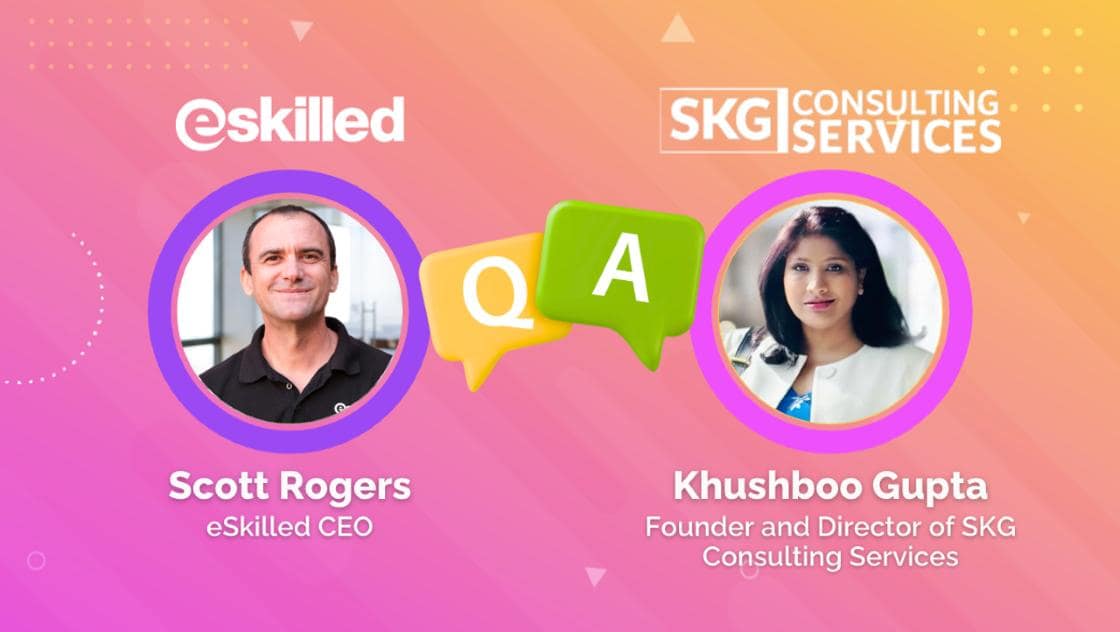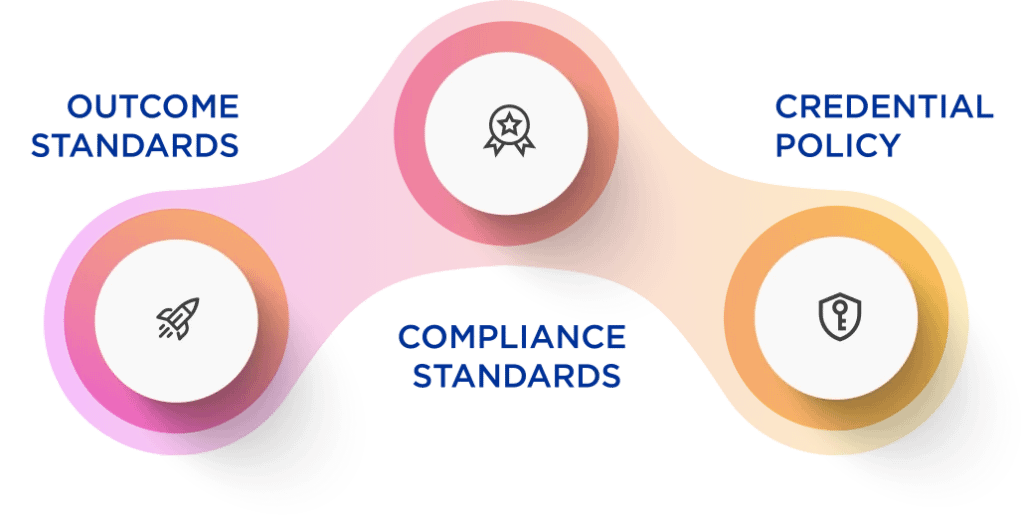VETtalks Webinar: Compliance Under the 2025 RTO Standards

VETtalks Webinar: Compliance Under the 2025 RTO Standards
Learn practical strategies to embed compliance under the 2025 RTO Standards, how to systemise processes and reduce risks.
From Risk to Readiness: Making Compliance Work for You Under the 2025 RTO Standards
The 2025 RTO Standards are not just an update — they represent a complete shift in how RTO compliance is measured and maintained. We’re moving away from “tick-the-box” processes to embedded, outcome-based compliance that must be demonstrated through tangible, auditable evidence.
In our recent webinar, From Risk to Readiness
Systematic Compliance for RTOs under the 2025 RTO Standards, I joined Scott Rogers from eSkilled to explore practical ways RTOs can adapt to this new environment without becoming overwhelmed.
Why this is critical now
ASQA’s latest data is concerning — 79% of RTOs assessed in the first half of the 2024–25 period were found non-compliant, with over half unable to return to compliance. The new Standards will only raise the bar further.
For me, the message is clear: Compliance can’t be something that “sits on a shelf” — it needs to be integrated into every system, process, and decision your RTO makes.
What we covered in the session
Scott and I walked through each of the four Quality Areas, unpacking where RTOs often fall short and how systemisation can solve those issues:
• Quality Area 1 – Training & Assessment: Structuring TAS documents to show delivery in practice, embedding ongoing industry engagement, and planning risk-based validations.
• Quality Area 2 – Learner Support: Assessing LLN and digital skills before enrolment, tailoring support plans, and recording every interaction to prove it happened.
• Quality Area 3 – VET Workforce: Mapping trainer credentials at a unit level, tracking PD for all staff, and closing gaps before they become compliance breaches.
• Quality Area 4 – Governance & Risk: Using data, feedback, and risk registers to drive continuous improvement and ensure leadership oversight is active, not passive.

My advice for RTO leaders
If you’re still relying on manual processes, spreadsheets, or disjointed records, the risk is high. Automation and integrated systems don’t just make compliance easier — they make it sustainable.
The right approach will:
• Reduce admin burden and human error
• Give leadership real-time visibility of risks and progress
• Keep your focus on learner success rather than scrambling for audit evidence.
Watch the full webinar
If you want to see how these strategies work in practice, including real examples of systemised compliance processes, I invite you to watch the full session:
